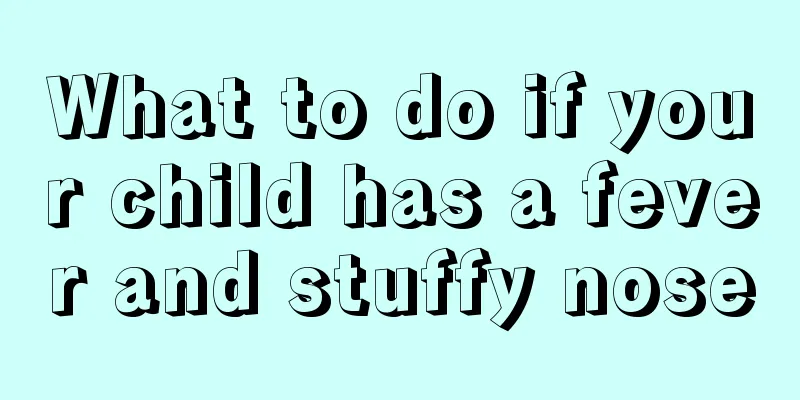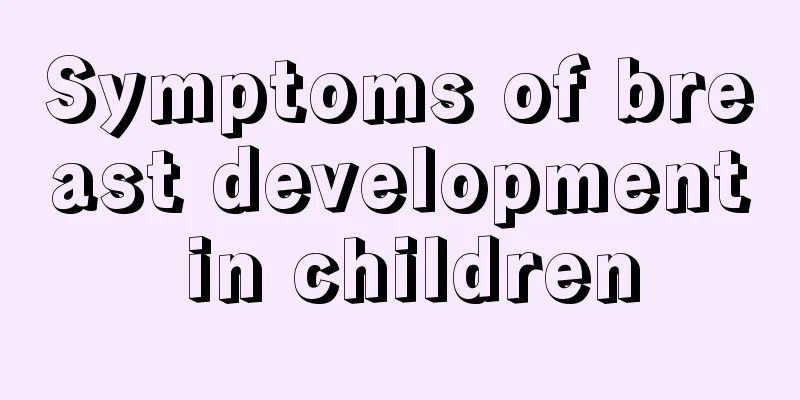At what age does a baby need a teething stick?

|
From the moment babies are born, they are constantly growing and changing. Babies grow very fast, and when they reach a certain stage, they will start to grow teeth. During this process, the amount of saliva of the baby will increase, and they prefer to bite hard things. At this time, many parents will use teething sticks for their babies, but many parents are not sure how old the baby should be to need a teething stick. Teething sticks are mainly used to help babies relieve some problems with their teeth during the budding period. They can also effectively help exercise their chewing ability at this time. Therefore, it is necessary to use teething sticks. Generally, children can use teething sticks during the period when their deciduous teeth grow. Baby's deciduous teeth usually erupt between 4 and 10 months, and as late as 12 months. Generally, a one-year-old child will have 6-8 teeth. During the teething process, the baby's saliva volume increases and he likes to bite hard things. These phenomena are manifestations of abnormal sensations caused by the compression of the gingival nerves by the deciduous teeth before they erupt, indicating that the young deciduous teeth are trying to overcome the coverage of the gums. Therefore, during this time, you can provide the baby with some teething biscuits to help the deciduous teeth erupt and correct the phenomenon of biting the nipple. At the same time, it also timely trains the baby's oral chewing function and relieves the pain of teething. Babies who are about to teeth can also eat teething sticks When the mother finds that the baby drools a lot and always likes to bite things and gnaw on fingers, it means that the baby's deciduous teeth are about to erupt through the gums, usually when the baby is about six months old. Regardless of whether the baby has grown teeth or not, you can give the baby teething biscuits. Teething biscuits are not just for babies who have already grown teeth. It is also beneficial for babies who are about to grow teeth to chew them, as it can strengthen the toughness of their gums. Although the baby has not yet grown teeth, the baby's gums are becoming harder and harder, so the baby should be fed some hard food to exercise the baby's chewing ability, which is more conducive to the eruption of teeth. Some babies start to grow teeth at 4 months old. Therefore, you can let your baby bite the teether appropriately. The above is an introduction to teething sticks. I believe that parents now have a more comprehensive understanding of teething sticks. I would like to remind everyone that when using teething sticks for babies, you must pay attention to disinfection and maintain health and hygiene. Because the baby’s immunity is relatively low, it is easy for some diseases to be transmitted through the mouth. |
<<: At what age can babies eat teething biscuits?
>>: How to treat baby's allergic rhinitis?
Recommend
What should I do if my child has urticaria?
Urticaria is a skin disease that is clinically di...
Can I supplement calcium when my baby is coughing?
It is quite common for babies to have colds and c...
What medicines are used to treat burns in children?
If a child is burned, parents must pay attention ...
What should I do if my baby has red spots on his body?
I believe everyone is familiar with the symptoms ...
Five-month-old baby's growth and development standards
The birth of a new baby is something every family...
What causes white spots in baby's mouth?
Once some babies have problems, they need timely ...
What should be done if children have enlarged inferior turbinate?
The nose is an important and indispensable organ ...
Why is it that a three-month-old baby cannot sleep well at night?
Many parents always find in life that their babie...
Why does a child sleep with his mouth open?
Some parents will observe their babies' sleep...
Normal transaminase values in children
The normal value of transaminase should be 40 uni...
Can children's loose teeth be extracted?
Everyone will experience a period of tooth replac...
What foods should not be eaten by children with gastroenteritis
The stomachs of young children are relatively fra...
At what age can a child eat by himself
As children grow up, they will gradually learn va...
How to deal with yellow tongue coating in children
Yellow tongue coating in children is a very commo...
How to treat flat warts in children
We all know that flat warts mostly occur in teena...









